Known as nogomet, football is the most popular team-based sport in Croatia. It is overseen by the Croatian Football Federation and the teams that play their football in Croatia originally took part in the Yugoslavian league structure when the country was made part of the Soviet Federal Republic of Yugoslavia in the wake of World War Two.
It wasn’t until the 1990s that Croatia became a country in its own right once more and the both the Croatian football federation and the new league was formed.
Modern-day football in Croatia is dominated by two football teams; namely Hajduk Split and Dinamo Zagreb. They have each won the top-flight more than any other team and Hajduk Split are the only Croatian side to have reached the knockout stages of the European Cup, more commonly known as the Champions League. They achieved this in the 1975-1976, 1979-1980 and 1994-1995 seasons.
Nine Croatian players have won the competition with non-Croatian sides, including Igor Biscan with Liverpool, Davor Šuker with Real Madrid and Mario Mandžukić with Bayern Munich.
Introduction to Croatian Football
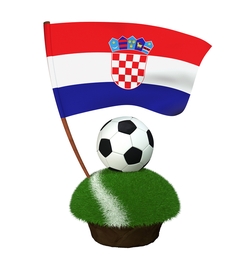 Internationally Croatia are considered to be one of the best football teams from the Balkans, yet they haven’t actually ever won anything. To an extent this is because the country’s team was swallowed up by the SFR of Yugoslavia, meaning that the team as we know it today wasn’t actually formed until 1990. There were some teams that were sanctioned by FIFA and represented the Banovina of Croatia and Independent State of Croatia between 1940 and 1944, but that side was dissolved when Yugoslavia absorbed Croatia in 1945.
Internationally Croatia are considered to be one of the best football teams from the Balkans, yet they haven’t actually ever won anything. To an extent this is because the country’s team was swallowed up by the SFR of Yugoslavia, meaning that the team as we know it today wasn’t actually formed until 1990. There were some teams that were sanctioned by FIFA and represented the Banovina of Croatia and Independent State of Croatia between 1940 and 1944, but that side was dissolved when Yugoslavia absorbed Croatia in 1945.
The first competition that Croatia took part in on the international stage was the European Championships of 1996. They appeared in the World Cup for the first time two years later, managing to finish third in their debut in FIFA’s flagship tournament. Since 1996 they have only missed out on one edition of the Euros in 2000 and one World Cup, which was the 2010 competition.
On this page we’ll give you some information about the sort of stadiums you’ll expect to find if you go to watch football in Croatia. We’ll also fill you in on how the league system works as well as tell you some more about the history of football in Croatia and the success of the national side. It will be exactly as exciting as that sounds.
Croatian Stadiums
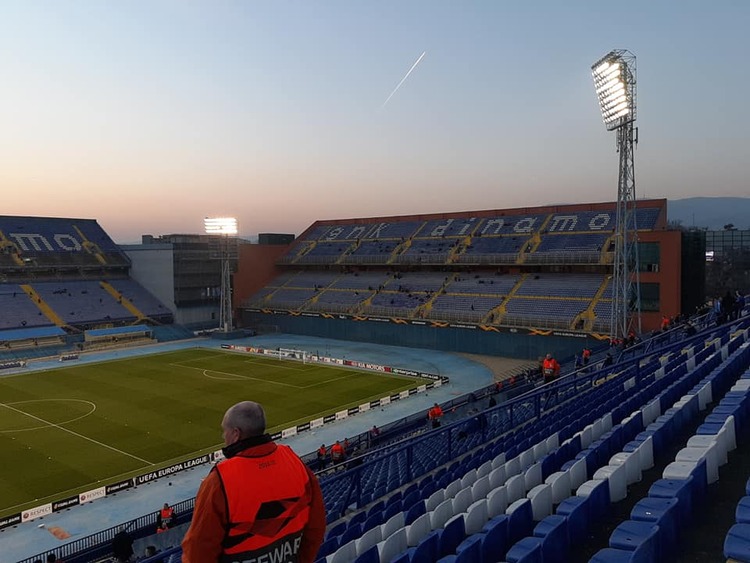
Croatia’s population is around 4.2 million. That’s just a little bit less than the population of the Republic of Ireland and half of the amount of people that are believed to live in Greater London. That will explain why the stadiums aren’t all that large or impressive when you consider that football is the most popular sport of the country.
The largest ground in the entirety of Croatia is the Stadion Maksimir in Zagreb, but that can only hold just over 37,000 spectators. The Stadion Poljud in Split can welcome 35,000 and the next largest can only host 22,050 supporters.
The majority of the grounds have capacities of 10,000 or less. The style of design used for the stadia is exactly what you’d expect for places with such small numbers of people using them: Minimalist. The majority do not have roofs, leaving themselves open to the elements. There is a pretty even split in Croatia between grounds built in the ‘English Style’ of having a stand on each side of the pitch and in the ‘European Style’ of a bowl shape of continuous seating.
Croatian Leagues
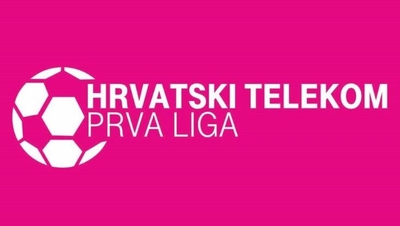 The top-flight league in Croatia is the Croatian First Football League, called the Prva hrvatska nogometna liga in its native language. It is better known as the Prva HNL or 1. HNL and at the time of writing is called the Hrvatski Telekom Prva Liga for reasons of sponsorship. It was established in 1992 when the Yugoslav First League was dissolved and is the responsibility of the Croatian Football Federation.
The top-flight league in Croatia is the Croatian First Football League, called the Prva hrvatska nogometna liga in its native language. It is better known as the Prva HNL or 1. HNL and at the time of writing is called the Hrvatski Telekom Prva Liga for reasons of sponsorship. It was established in 1992 when the Yugoslav First League was dissolved and is the responsibility of the Croatian Football Federation.
Over the years the league has changed format numerous times, with two points for a win being awarded until the start of the 1994-1995 season. That makes sense, of course, with a new league needing to find its feet and decide upon its own structure. There are seven levels of football in the Croatian pyramid, with the top two being the main ones. All of them are connected together through a system of promotion and relegation.
The format of the league nowadays is reasonably easy to understand. There are ten teams who play each other once at home and once away in two rounds of football for a total of 36 games each. At the end of the season the team with the most points wins, whilst the team with the least points loses. The team that finishes in ninth place enters a play-off against the team that finished second in the Croatian Second Football League, or HNL. The league winners enter the Champions League at the second qualifying round stage, with the second-place team going into the Europa League in the third qualifying round. The third-place team enters the same competition in the second qualifying round and the team that comes fourth enters at the first qualifying round.
Croatia National Team
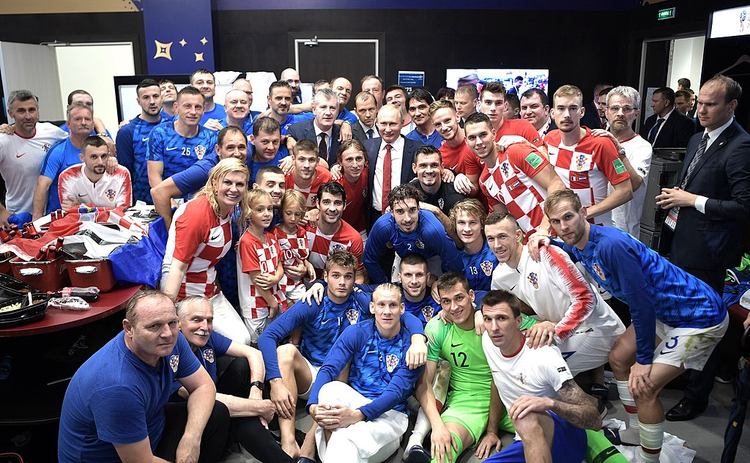
Just before the break-up of the Soviet Federated Republic of Yugoslavia at the start of the 1990s, the Croatian team as we know it today was formed. Though they are yet to win a major international tournament, they have gained numerous plaudits over the years. In both 1994 and 1998 they were named as FIFA’s ‘Best Mover of the Year’; an award given to a team that has progressed up the FIFA rankings the most in the course of a calendar year.
When Croatia was re-admitted to FIFA it was ranked as the 125th best side in the world. Croatia’s success and subsequent third-place finish in the 1998 World Cup saw them rocket up the third in FIFA’s rankings, making them the most volatile team ever. This was compounded when they came 2nd place to France in the 2018 World Cup.
Part of Croatia’s success over the years was founded in its home form. Between 1992 and 2008 the blazers, as they are known, played 36 games at home and remained undefeated. These matches were shared between the Maksimir Stadium in Zagreb and the Poljud Stadium in Split, with occasional games being played in smaller venues elsewhere in the country. Amongst the victories that the Croatian side notched up was a 2-0 win over England; the side that eventually ended that incredible unbeaten run when they beat Croatia 4-1 in 2008.
Key Stats
| Croatia National Team Statistics | |
|---|---|
| Year Formed | 1990 |
| Home Stadium | Stadion Maksimir |
| Stadium Capacity | 38,079 |
| Major Honours | None |
| Current Manager | Zlatko Dalić |
| Top Scorer | Davor Šuker (45) |
| Most Caps | Darijo Srna (134) |
| Best Performance at World Cup | Second (2018) |
| Best Performance at European Championships | Quarter-Finals (1996, 2008) |
| Kit Colours | White and Red (Home), Blue and Black (Away) |
History Of Football In Croatia
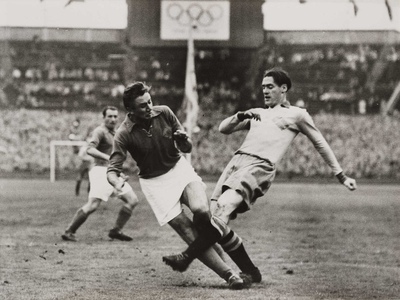 History suggests that football was first played in Croatia in 1873 when expats from England were working on industrial projects in towns like Rijeka and Županja and brought football with them.
History suggests that football was first played in Croatia in 1873 when expats from England were working on industrial projects in towns like Rijeka and Županja and brought football with them.
Local teams were established by 1907 and a translation of the Laws of the Game was also introduced at this time.
Though numerous unofficial Croatian sides took part in matches over the years, Croatia was officially part of first the Kingdom of Yugoslavia and then the Socialist Federal Republic of Yugoslavia.
Croatian players represented their parent country in the football tournament of both the 1956 Summer Olympics and in World Cup and European Championships up until gaining independence in 1991. The final Yugoslavian team to feature Croatian players took on the Faroe Islands just days before the independence referendum.
